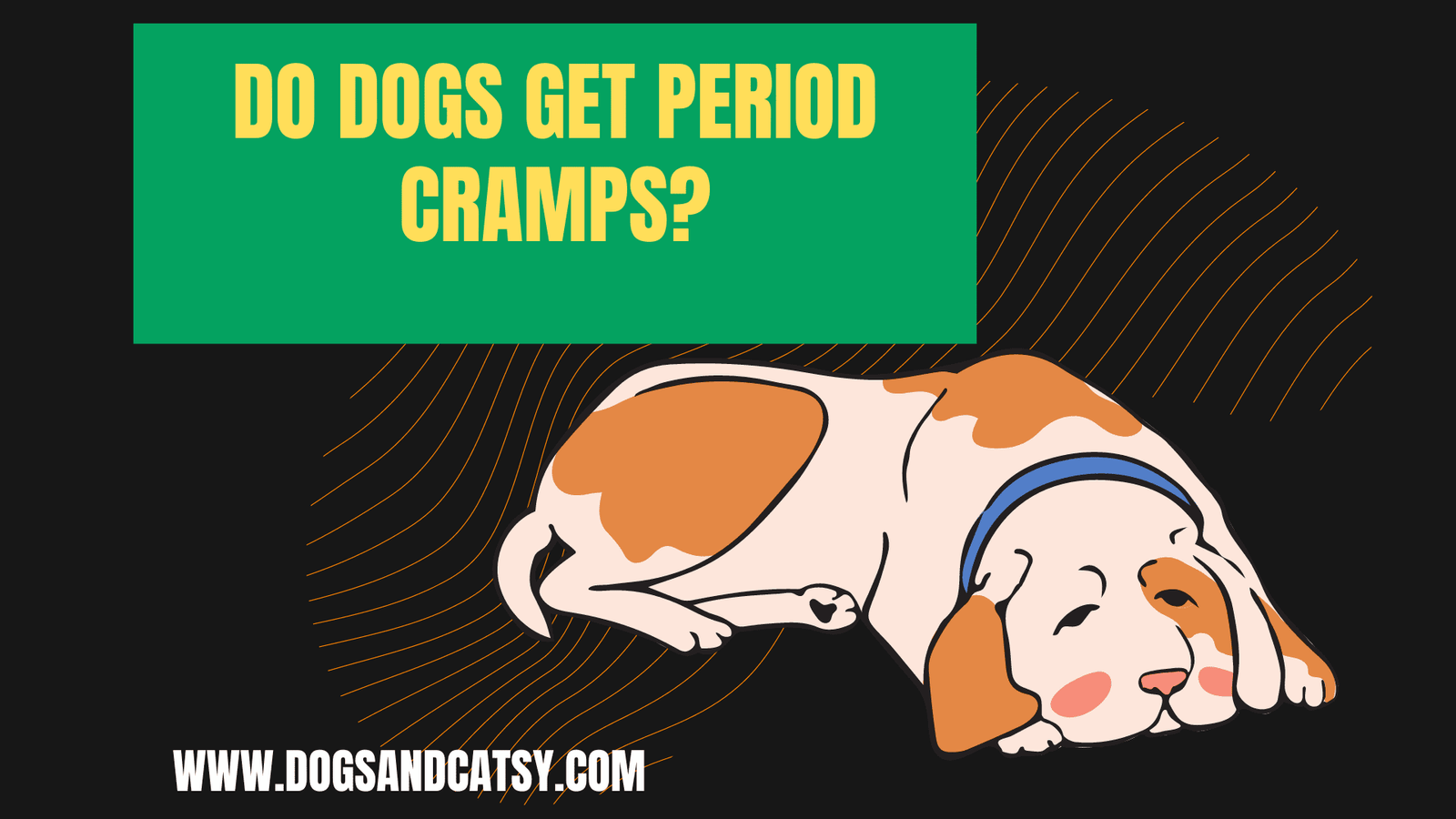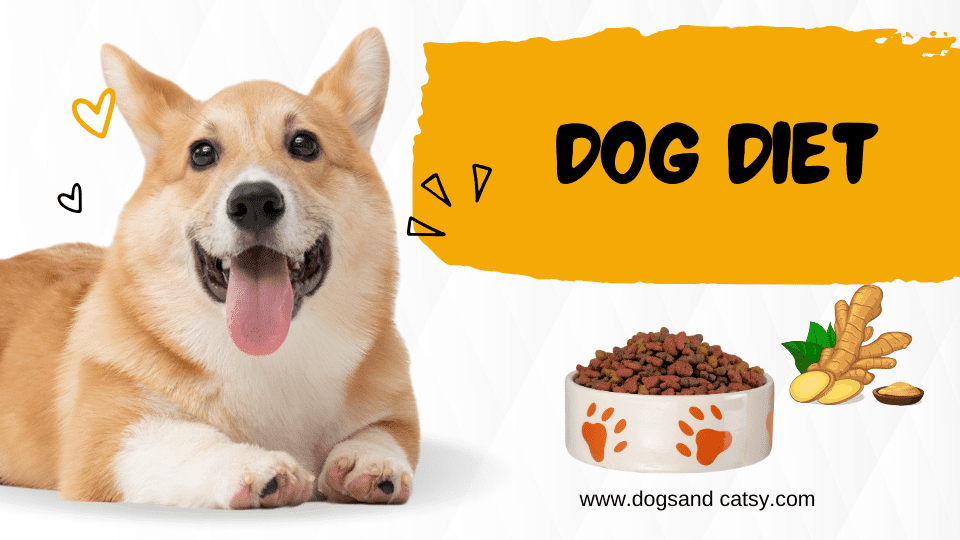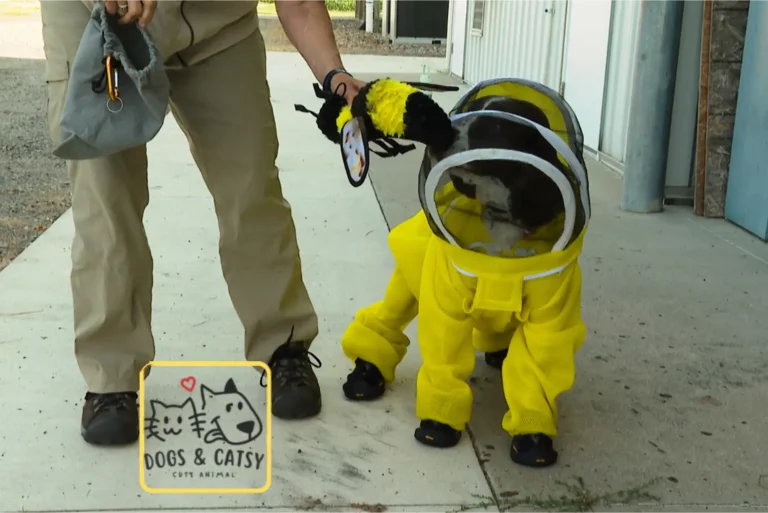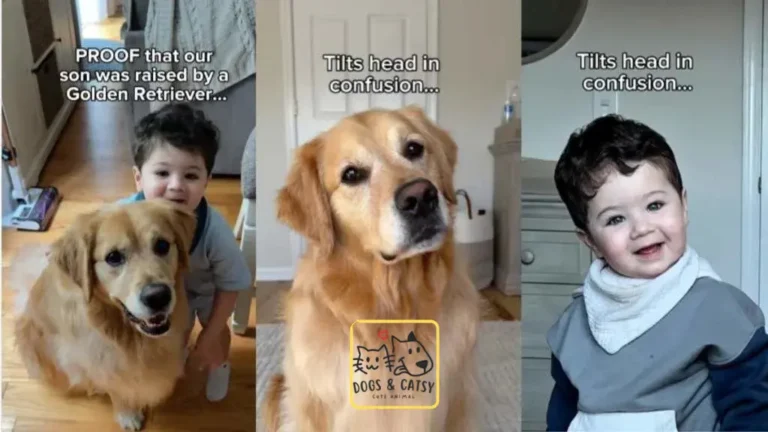Period Cramps in Dogs: Myth or Reality? Find Out Now!

Dogs can experience discomfort similar to period cramps, though they might not express it as humans do. During their heat cycle, female dogs can show signs of mild distress or discomfort, which may mirror the cramps humans face. Dog owners need to observe their pets closely, ensuring they provide extra care and comfort during these times. This understanding bridges the empathy gap, highlighting the shared aspects of health and wellness between humans and their canine companions.
In this guide, we’ll cover all essentials related to the heat cycles of female dogs. Learn to recognize when your dog enters estrus, understand the duration of this period, and discover the best ways to care for your pet during these times.
Do Dogs Get Period Cramps?
Observing your dog go through discomfort or cramps during her heat cycle can be challenging. Dogs generally experience their first heat cycle at about six months of age, with the cycle repeating approximately twice a year for most breeds.
During the 2-4-week period when signs of fertility are present, it’s crucial to monitor for any symptoms of discomfort, including cramps, to provide the necessary support.
This guide will teach you to recognize these signs, offer methods to alleviate her discomfort, and ensure you know how to care for her throughout her heat cycle, keeping both you and your dog as relaxed and comfortable as possible.
What is the Canine Heat Cycle?
The estrus cycle, commonly referred to as the heat cycle in dogs, marks the phase when a female dog is open to mating. This cycle usually starts when a dog reaches the age of six to twelve months and occurs roughly every six months thereafter.
When Does Heat Start?
The onset of heat in female dogs varies by breed size. While the typical age for the initial cycle is around six months, smaller breeds may enter heat as early as four months, and giant breeds might not until they’re 18 to 24 months old.
The estrus cycle signifies a dog’s ability to conceive. However, it’s highly recommended to avoid breeding during the first or second cycles, as the dog has not yet achieved full maturity, affecting the development of their eggs.
Opting to wait until at least the third cycle enhances the prospects for a healthy pregnancy. Prior to breeding, ensure your dog is confirmed by a veterinarian to be in optimal health and maturity for pregnancy.

How Often Do Dogs Go Into Heat?
The frequency of a dog’s estrus cycle varies based on age, size, and breed. Typically, young, unspayed dogs undergo this cycle twice annually, at six-month intervals, lasting for about 18 days.
The pattern of these cycles may take up to 18 months to stabilize after they commence. Monitoring and recording these initial cycles can be beneficial, especially since smaller breeds may experience heat more frequently, whereas larger breeds might only do so once every 12 to 18 months.
Should your dog’s heat cycles appear irregular, it’s advisable to consult a veterinarian. As dogs age, the frequency of their cycles may decrease, but they remain fertile throughout their lives due to the absence of a menopausal phase similar to humans.
Consequently, many owners who do not wish to breed their dogs opt for spaying. This procedure eliminates heat cycles, prevents unintended pregnancies, and may also lower the risk of certain health issues, such as mammary cancer.
Also read: Why is my dogs head hot?
When do dogs first go into heat?
Typically, dogs enter their first heat cycle between 6 to 8 months of age. Smaller breeds tend to reach this stage earlier, whereas larger breeds might not hit puberty until around 18 months. This initial heat cycle marks the point of sexual maturity in dogs.
Stages of the Canine Heat Cycle
The heat cycle in dogs encompasses four phases: Proestrus, Estrus, Diestrus, and Anestrus. In the initial Proestrus phase, you may observe blood-tinged discharge and behavioral shifts in your dog.
The Estrus phase follows, characterized by lighter discharge, indicating readiness for breeding. The Diestrus phase marks the conclusion of the breeding window. Finally, Anestrus serves as a rest phase until the cycle recommences.
How Long Is Each Cycle?
The duration of the heat cycle in dogs spans 2-4 weeks. During this time, the receptiveness of female dogs to males can vary: some are receptive throughout the entire cycle, while others may show increased receptiveness later in the cycle.
Dogs are capable of becoming pregnant at any point during this cycle, with their fertility peaking approximately 10 days after the onset of the cycle and continuing for five days.
The conclusion of the cycle is marked by the cessation of bleeding and discharge, along with the reduction of vulva swelling.
The estrus cycle is divided into four stages:
- Proestrus: Lasting 7 to 10 days, this stage is characterized by the onset of bleeding and vulval swelling. However, the dog is not yet prepared for mating.
- Estrus: Spanning 5 to 10 days, bleeding may lessen or cease entirely, signaling the dog’s readiness for mating.
- Diestrus: This phase can last from 10 to 140 days, indicating either a pregnancy or a resting period for the dog.
- Anestrus: 6 months of downtime, this stage precedes the commencement of the next heat cycle.
Do Dogs in Heat Get Cramps?
Dogs cannot communicate verbally to express if they feel cramps similar to humans, yet certain behaviors may indicate discomfort during their heat cycle. Although it’s uncertain if these signs are directly comparable to human menstrual cramps, they do hint at your dog experiencing some form of unease.
What Are The Signs Of Estrus In Dogs?
When identifying if your dog is in heat, bleeding is a prominent sign, occurring for about half of the cycle (7 to 10 days). Look out for these indicators:
- Red, swollen vulva
- Bloody discharge
- Increased urination
- Signs of nervousness
- Heightened alertness
- Greater sociability with other dogs
- Attraction to male dogs
- Mounting or humping behaviors
- Tail positioning to the side
The volume of bleeding varies by the dog’s size, with larger dogs typically bleeding more than smaller ones. While in heat, dogs may appear nervous but do not suffer from menstrual cramps as humans do. If you suspect your dog’s heat cycle is causing pain, a vet visit is advisable.
Dogs that groom themselves might not leave any blood spots around the house. To manage hygiene, some owners use extra blankets or special doggy hygiene pants for added cleanliness.
Also read: Dogs with mango worms
How to relieve dog heat cramps?
To support your dog during her heat cycle and alleviate discomfort, consider the following steps:
- Gently pet and massage your dog’s abdomen to ease stress
- Provide a heating pad for additional comfort
- Administer a small dose of ginger to lessen inflammation
- Offer a modest quantity of CBD oil to mitigate anxiety
- Consult your veterinarian about canine aspirin or alternative pain relief options
- Consider spaying your dog to prevent future heat cycles
Managing Your Dog’s Discomfort During Her Heat Cycle
To ensure your dog remains comfortable and stress-free during her heat cycle, consider the following practical tips:
- Provide a comfortable bed along with ample food and water
- Protect carpets with dog diapers to manage any mess
- Bathe your dog weekly to maintain coat cleanliness
- Offer extra walks to help her manage anxiety
- Give her a chew toy for distraction and stress relief

When to Seek Veterinary Care
If you observe notable changes in your dog’s behavior or health, it’s important to contact your veterinarian. This is especially crucial if your dog appears to be in significant discomfort, or if there are changes in her discharge, like an unusual odor or a shift to yellow or green in color. Prompt professional advice should be sought in these instances.
What to remember about dogs in heat
Dogs typically enter their first heat cycle between 5.5 and 18 months, varying with their size and breed. Unlike humans, dogs do not experience a menstrual period but undergo an estrus or heat cycle with three distinct phases.
During this cycle, lasting approximately 1-2 weeks, dogs are capable of becoming pregnant. The frequency of these cycles can range from 2-3 times per year to just once, depending on the dog.
Monitoring your dog’s heat cycle is crucial for early detection of any irregularities, signaling a potential health concern that would require veterinary attention.
Being familiar with the behaviors your dog might exhibit while in heat is essential for managing interactions with other dogs and setting your expectations for this period.
People also ask
How do I know if my dog has period cramps?
Your dog may seem unusually lethargic, display a decreased interest in food, or exhibit signs of restlessness. Additionally, some dogs might whimper, breathe more heavily than normal, or demonstrate various signs of discomfort.
Do dogs get moody on their period?
Even the most serene and friendly dogs may show signs of aggression or become agitated when in heat. This change isn’t personal – it’s due to hormonal imbalances. As your dog seeks a mating partner, you might notice an increase in whining or other vocal expressions of her needs.
Also read: Dog Ear Piercing
How long after bleeding is a dog fertile?
The onset of bleeding in the proestrus phase marks the beginning of a dog’s heat cycle. This bleeding phase lasts approximately 7-9 days, though it can differ from one dog to another. Once the bleeding ceases, the dog progresses to the estrus phase, during which she becomes fertile and willing to mate with a male. Typically, the estrus phase lasts for about 9 days, but it can range from 5 to 21 days, depending on the individual dog.
What should dogs eat during their period?
When your dog is in heat, certain foods can be beneficial for her. Including pumpkin, sardines, yogurt, and tofu in her diet during the estrus phase can aid in regulating her cycles and maintaining both of your health!
What not to do when the dog is on period?
It’s advisable to steer clear of off-leash walks and visits to the dog park. Opting out of these activities until your dog is no longer in heat is the safest course of action.
Should you bath a dog in heat?
Bathing a dog in heat mirrors the process used at other times, with a heightened awareness for any sudden, unforeseen behavior. It’s also important to avoid excessive bathing, as this can lead to dry or irritated skin.
Is there medicine for dogs on their period?
Megestrol is a synthetic compound akin to progesterone, a female hormone. It is an FDA-approved prescription drug for dogs, available in 20mg scored tablets. Megestrol is employed to delay the estrus cycle (female heat cycle) and to mitigate symptoms of false pregnancy.
Does dog poop change when in heat?
During your dog’s heat cycle, you might notice a mix of emotions, but digestive issues like diarrhea aren’t typically expected. Though your dog can experience occasional diarrhea due to hormonal changes, it’s not a common symptom. Instead, new treatments, stress, or an underlying health problem might be responsible.
How do you hide the smell of a female dog in heat?
To conceal the scent of a female dog in heat, consider using menthol spray on her tail. However, it’s essential to follow these guidelines:
- Always consult with your veterinarian before applying menthol spray to your dog to ensure it’s safe
- Avoid applying menthol to sensitive areas of your dog to prevent skin irritation
- Using a dog diaper on your female dog serves as an effective alternative to mask her scent.
Can a dog get pregnant when not in heat?
No. For a dog to be receptive to mating and to successfully conceive, her body must have the appropriate hormonal balance activated.
Do Female dogs get their period after being spayed?
Dogs enter their heat cycle due to hormones generated by the ovaries and the brain. Once a dog is correctly spayed, which involves removing the ovaries, or both the ovaries and uterus, this cycle ceases. In rare cases, if ovarian tissue is not completely removed during the spaying procedure, a dog might still display signs of being in heat.
Can dogs smell period blood?
When a dog enters her heat cycle, she will bleed. Beyond the scent of blood, other dogs are also attuned to distinct pheromones—chemical signals released by the body—which signal to potential mates that she is ready and able to breed.
Do dogs go through menopause?
Dogs do not experience menopause, unlike humans and non-human primates. Without spaying, your dog may continue to go through heat cycles 1-2 times annually throughout her life. However, similar to humans, a dog’s fertility decreases as she ages.
Conclusion
While dogs do experience a heat cycle, it’s not clear if they feel cramps similar to human menstrual cramps. Observations suggest some may show discomfort, but without direct communication, we can’t say for sure they experience cramps as we know them. Taking care of your furry friend during her heat cycle is crucial for her well-being.






